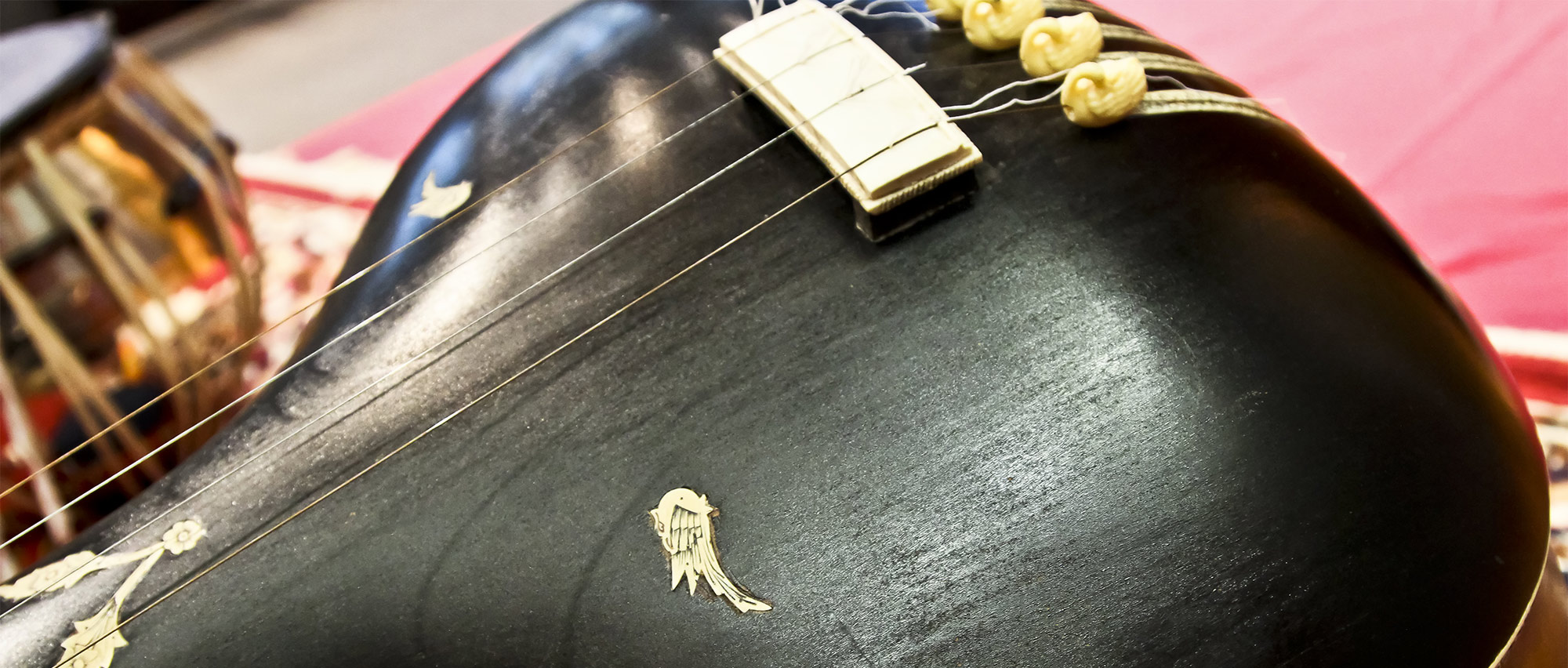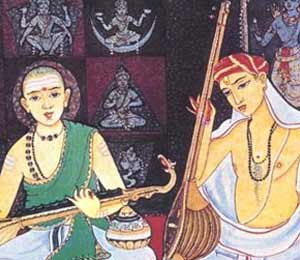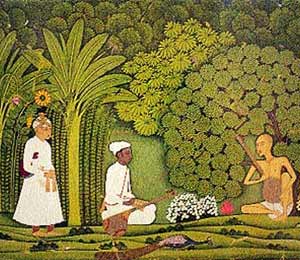

Learn about the history of Hindustani classical music throughout the ages.
In the ancient river of artistic tradition there came to be two modern streams, called Hindustani and Carnatic, which use a similar vocabulary of pitch and rhythm (organized into ragas and talas), but manifesting in slightly different organizational, compositional, and ornamental styles.
Often it boils down to simple differences in terminology describing similar practices. There are many musicians, especially in modern times, who freely drink from both sources, while maintaining their homes in one style or another

Inception of Music
Hindustani music began to take on certain stylistic borrowings from West Asia in the middle ages. Sultan Allauddin Khilji in Delhi in 1293, brought together three musicians who implanted their musical influences into what was later to be known as Hindustani music.
One, Gopal Nayak, was from India, and brought with him the indigenous music. Amir Khusrau, of Turkish background, introduced the instruments and flavors of the Islamic cultures. And Nizamuddin Chisti was a teacher in the Sufi tradition that fortunately provided the umbrella of devotion under which both Hindu and Islamic musicians found the ecstatic expression of both faiths viable.

Miyan Tansen
In the fifteenth century, the style known as dhrupad was born in Gwalior— a style in which the presentation of the raga in several movements, namely alap-jor-and fixed composition in accelerating sections, provided for a dignified presentation of the raga with a balance between composition and improvised sections.
Whereas dhrupad is more rarely presented on today's concert stages, it remains the backbone of the modern style of unfolding of the raga in concert. The great dhrupad vocalist of the Mughul court of Akbar the Great, Miyan Tansen (d. 1584), is said to be the "father of Hindustani music." During this period, modern Carnatic music was also definiing its stylistic roots.

Tabla
In the eighteenth and nineteenth century, the musical style changed, as well as the instruments that presented it. Khyal, a more immediate and charming vocal style, began its climb to ascendancy, and the instruments sitar and tabla evolved into their modern form. When these newer artists and instruments were eventually trained in the old dhrupad literatures and styles in the nineteenth century, the present formats of north Indian classical music were established.
Although we now think of modern Hindustani music as being the province of the khyal singers and the sitar and sarod being the solo instruments of choice, they are joined by sarangis, santurs, flutes, and guitars creating a diverse music of international appeal.